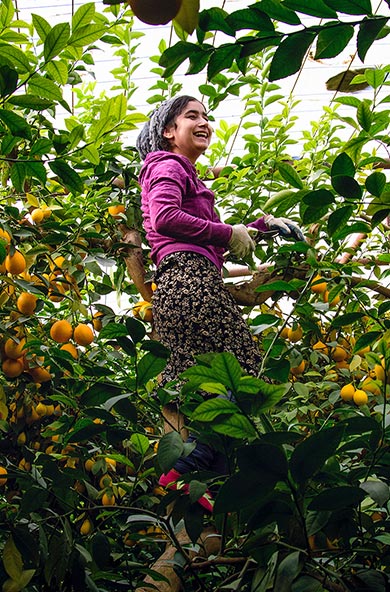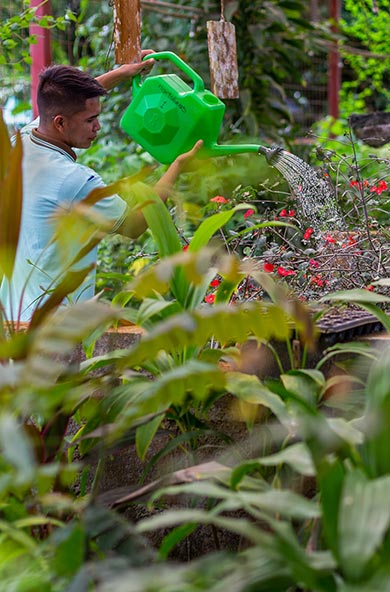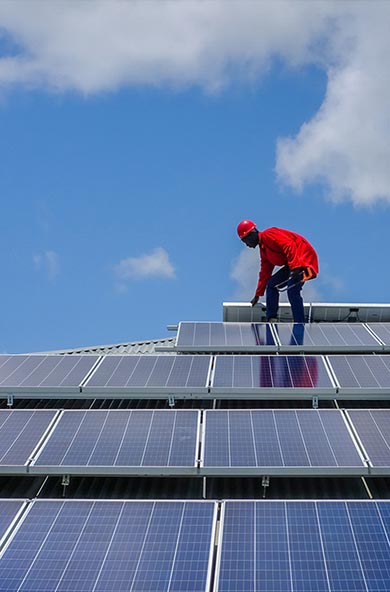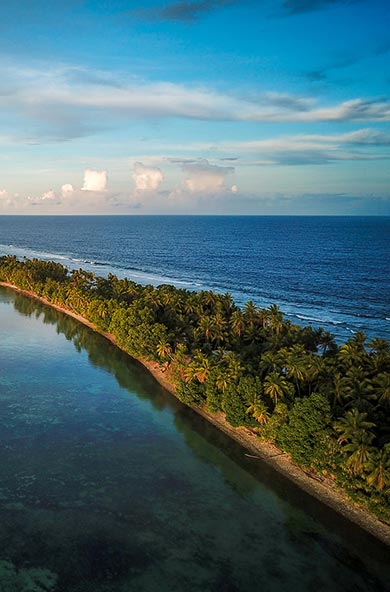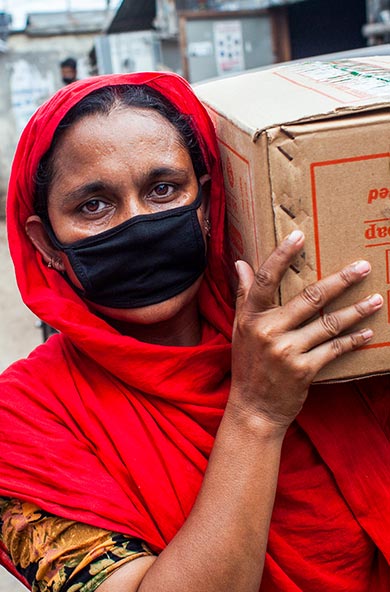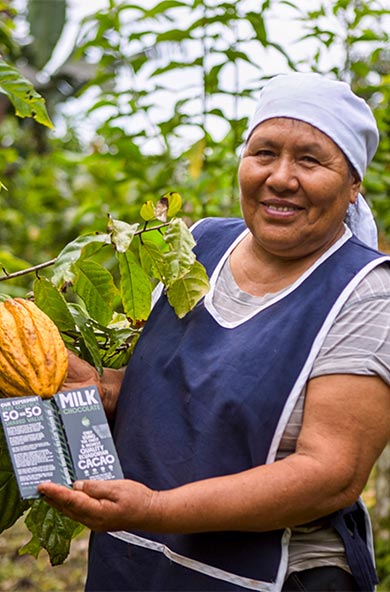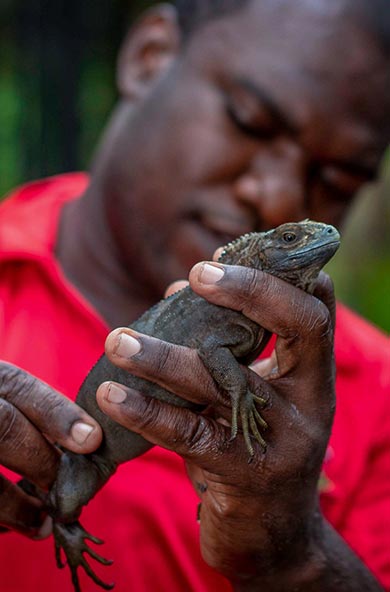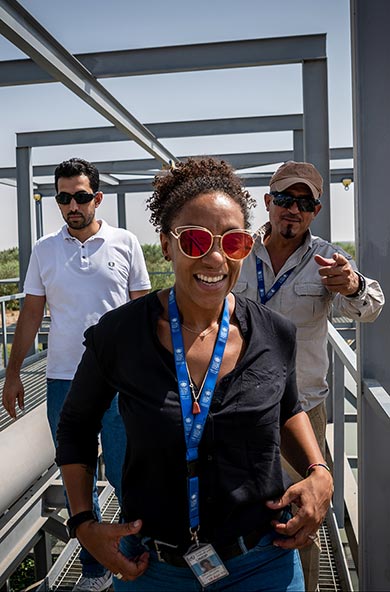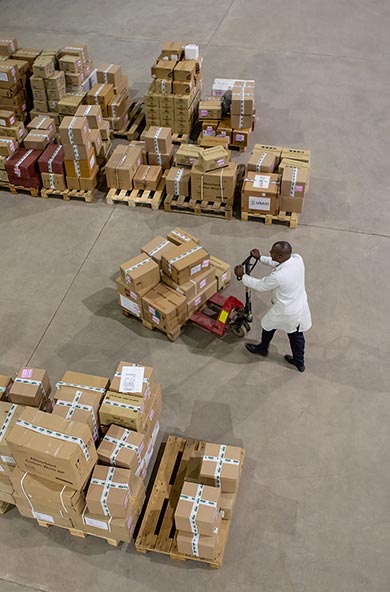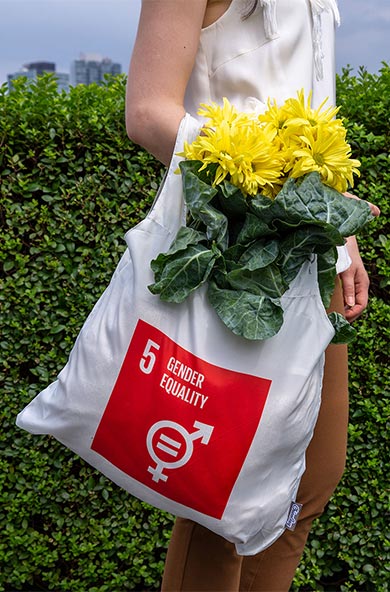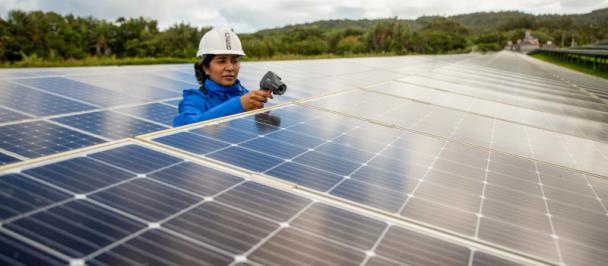Creating opportunities without compromising the future

More than half the people who live in Mongolia’s capital Ulaanbaatar rely on coal to heat their homes during the harsh winters.
The future of the world’s green energy transition will be significantly shaped by the decisions and actions taken in Asia and the Pacific. Home to 60 percent of the world’s population, this region relies on fossil fuels for 85 percent of its energy needs, accounting for half of the world’s CO2 emissions. Although strides have been made in investing in and expanding capacity for hydropower, wind, and solar, the proportion of renewables in the energy mix continues to lag behind growing demand.
UNDP is working with partners—including governments, communities, businesses, and international donors—to support the energy transition. As Kanni Wignaraja, UNDP Regional Director for Asia and the Pacific, explains, "It's about rethinking who actually gets access to energy, at what cost, and with what impact on health and climate change. It is about creating opportunities today without compromising the future."
Here is a snapshot of initiatives to keep businesses running, create jobs, keep the lights on in households and social services, and sustain local markets without the economic, social, and environmental costs of fossil fuels.
Afghanistan: Harnessing the power of the sun for health and education
Decades of conflict have made Afghanistan one of the most energy-insecure nations in the world. With an average energy consumption of just 700 kWh per capita annually—30 times below the global average—daily life is a struggle. Frequent blackouts and high energy costs disrupt essential services. During harsh winters many rely on wood for heating, leading to deforestation, air pollution, and further destabilization due to flash floods and water shortages.
Over the last 3 years, UNDP has delivered clean, affordable solar energy to 3.6 million people – 42 percent of them women and girls - by installing solar systems in nearly 5,700 institutions, including health and community centres and schools. Over 700 primary schools across the country have been solarized.
UNDP has been enhancing local energy production through solar and wind projects, training community members to manage renewable energy systems. In Taiwara, a village in Herat province, solar panels at Family Health Houses, together with UNFPA, UNDP has stabilized power supply for providing essential medical services to the village’s 15,000 residents. This improved conditions for nighttime deliveries, reduced birth complications, and provided reliable refrigeration for vaccines and medicines.

Afghanistan's energy consumption is 30 times below the global average, resulting in frequent disruptions to essential services.
Bangladesh: Solar energy brings safety in refugee camps
Clean energy and safety are interconnected, especially in refugee camps, such as those housing many Rohingya who fled from Myanmar. For women, the situation is particularly unsafe. UNDP installed 80 solar-powered streetlights to illuminate critical locations enhancing security. This initiative accompanies five water treatment plants, and represents a commitment to empowering communities and advancing the Sustainable Development Goals.
China: Policy and technical support for dual carbon goals
China’s ambitious dual carbon goals have the potential to transform not only the country, but the entire region: to peak carbon emissions before 2030 and achieve carbon neutrality before 2060.
Across 19 sites, including Beijing Daxing International Airport, Qingdao Olympic Centre, and Shanghai Huashan Hospital, UNDP has facilitated low carbon technologies in buildings. These include smart devices, non-fuel electrification, and energy-efficient cooling and heating systems. UNDP is providing policy data and analysis to assess the impact of China’s transition to a green economy on employment, to support policymakers in ensuring that the transition is inclusive.
Iran: Promoting renewables and improving energy efficiency
Iran has high potential for renewable energy, with an estimated 60,000 MW of solar capacity and 30,000 MW of wind potential. UNDP together with the Montreal Protocol is improving energy efficiency. This includes supporting a national energy efficiency certificate framework, upgrading laboratories and vocational training centres, updating environmental and building codes to reduce emissions and energy costs, and establishing an energy monitoring system.
Mongolia: Solar energy to fight air pollution
Over 1.6 million people live in Mongolia’s capital Ulaanbaatar—more than half the population. Nearly half of the city rely on coal to heating their homes during the harsh winters. Air pollution reaches up to 27 times the World Health Organization’s recommended safe levels at its peak, posing severe health risks and significant economic costs. More than 7,000 deaths annually are attributed to indoor and outdoor air pollution, with the economic toll amounting to 10 percent of Mongolia’s GDP. UNDP began a pilot project to shift away from coal. The project promotes renewable energy-based heating solutions integrated with market-based incentives while creating opportunities for women to assume community leadership roles. It also seeks to unlock investments for solar energy installation and creation of enabling environment for renewable energy investments to ensure financial viability.


Nepal: Transforming lives with agrovoltaic farming
In Nepal, a new approach to farming could expand how the country addresses the challenges of affordable access to energy in rural communities. UNDP has supported the piloting of an innovative agrovoltaic farming system, bringing clean drinking water, reliable electricity, irrigation, and improved healthcare facilities to the village of Tinghare. This combines solar energy with agriculture to tackle interlinked issues of water, energy, and food security. The pilot, centred around a 43-kilowatt solar power plant, powers a system that pumps water to overhead tanks, supporting an irrigation network while generating electricity. It has revitalized the village. Once-abandoned farmland has been transformed into flourishing fields, and education and health facilities now enjoy uninterrupted electricity. Tinghare is a model of how sustainable practices can transform lives.
Pakistan: Floating solar power innovation and SDG financing
The 500 MW floating solar power project at Keenjhar Lake in Pakistan exemplifies how innovative solutions can address both climate and energy challenges. This project aims to attract private sector investment. Floating solar panels not only provide renewable energy but also help conserve water by reducing evaporation—making such projects highly attractive for regions facing both energy and water scarcity.

Responding to the needs of affordable energy in rural communities. UNDP is piloting agrovoltaic farming in Nepal.
Papua New Guinea: decentralized microgrids
Despite an abundance of renewable energy, Papua New Guinea remains reliant on fossil fuels. Yet only 18 percent of the country is connected to the grid. The opportunity is ripe for Papuans – most of whom reside either in rugged, remote, mountainous terrain or on isolated, sinking islands – to rethink the grid itself.
In Bougainville, UNDP is building a 1 MW solar farm, in collaboration with the Government of Japan through the Pacific Green Transformation Project. This will provide power to the entire town and connect communities to the digital world.
Samoa: Decarbonizing transportation
Pacific Islands face high costs from both fossil fuels and climate change. Land transportation is inefficient, with many old, energy-inefficient trucks converted to buses. To tackle this, UNDP, supported by Japan's Pacific Green Transformation Project, to import 76 electric vehicles and 20 plug-in hybrid electric vehicles for government use.
Thailand: Electrifying transport
Thailand's transport sector is responsible for 30 percent of the country's total greenhouse gas emissions. UNDP, in collaboration with Thailand's Office of Transport and Traffic Policy and Planning and with support from the Government of Japan, has launched the SDG and EV Climate Credit Programme. This aims to reduce carbon emissions by promoting the use of electric vehicles and other low-emission transportation options. The programme provides valuable data on vehicle emissions
Viet Nam: Powering a circular economy on clean energy
Viet Nam faces climate change impacts that cost the country US$10 billion annually, or 3.2 percent of its GDP. Without action, this could escalate to half a trillion dollars by 2050.
The Just Energy Transition Partnership aims to revolutionize Viet Nam's energy landscape. It seeks to reduce CO2 emissions from a projected peak of 240 megatonnes by 2035 to 170 megatonnes by 2030, and to increase the share of renewable energy in the energy mix from 47 percent by 2030 to 75 percent by 2050. Backed by $15.5 billion—including $7.75 billion in public funds—this could transform Viet Nam’s future.
As Asian and Pacific countries continue to innovate and collaborate, the region is poised to become a leader in sustainable energy. Continued international support and investment will be crucial in overcoming challenges and achieving a greener future.

 Locations
Locations